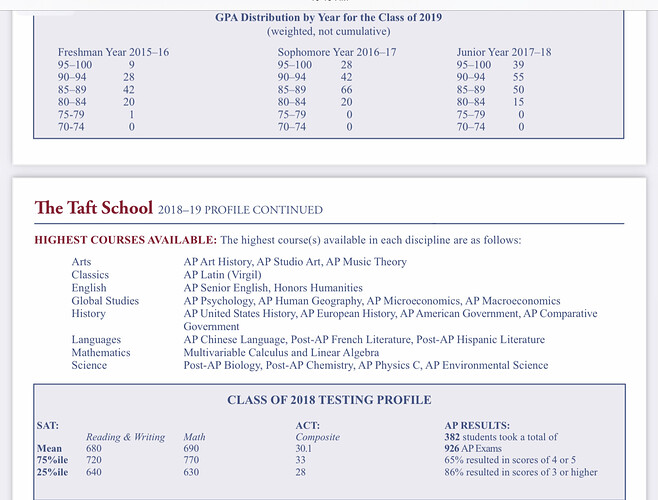Wow. As usual, it’s great to see such a wide range of opinions here. I thought I’d chime in a little.
When making a list of schools to apply to, every candidate or parent would need to start somewhere, be it their family/social circles, middle school teachers/counselors or independent 3rd-party websites.
While no single list can be exhaustive, subjective or satisfactory for everyone, those lists are still of some value to the newbies - i.e. families that had limited or no idea about BS life and the special character of each school.
There are reasons why acronyms like HADES and GLADCHEMMS were created. All those schools boast a long history, strong academics (often with decent athletic and arts programs too), along with special programs and great college matriculations. They have been generally accepted as great choices by most parents and their kids.
Someone also created a “Hidden Gems” list for good reason. Many great schools are not part of the acronyms, but they just as good, if not better. For example, Mercersburg is obviously highly regarded here, while Blair, SAS and SGS also come to mind, along with the likes of Kent, Loomis and Taft. The bottomline is - until the ranking agencies publish a transparent methodology, parents and students around the world will never stop arguing which school is better than another.
Although my family members have graduated from two schools on the “acronym lists,” I still did a lot of my own research on many others. My rationale is - if you are going to have your child spend 4 years and $300,000 (adjusted for inflation but not counting parent donations) on a school, then you owe it to family to get all the information/advice you can get. Thankfully, we have tons of loving, unselfish parents, students and alums here (you know who you are, and here’s another big THANK YOU!), in addition to websites such as Niche, boarding School Review, and Prep Review.
Long story short - as a self-proclaimed responsible (and somewhat nerdy) parent, I consulted with many family members, as well as BS students/alums/parents. I also involved my child and worked out a list of priorities. We then created an Excel file with different weighting for each category.
-
Culture and atmosphere/vibe: With COVID still lingering, it is hard to visit the schools. If you cannot visit, watch as many videos and attend as many webinars as possible. You can still get a general feel.
-
Academics: We look at course tracks and AP/CL offerings at all schools. We also believe that average ACT/SAT scores are indicative of caliber of students and quality of instruction. Finally, it is important to look at college matriculations over the past few years, which are usually listed on the websites. Note that some of matriculations at top colleges are related to legacy, development or athletic recruit status. However, if you have your eyes set on a specific college, you might want to find out if a specific BS has an established pipeline to that college.
-
Resources: We measure this metric in terms of existing physical facilities (gyms, auditoriums, etc.) of a school and its financial strength, i.e. the size of endowment per student. A school with a sizable endowment and a strong fundraising team will be in a position to offer FA packages to deserving students, hire top-flight teachers, and build new facilities.
-
Alum/parent feedback: This is very, very important. I typically ask questions like “What did you enjoy the most and the least at XYZ School?” “What kind of impact do you think the school had on your children?”
-
Location: Is your dream school easy to get to, or does it require two flights and a two-hour drive afterward? The student is going to make that trip several times a year, so definitely take that into consideration.
-
Size: Size does matter, and one size does not fit all. Some kids thrive in large schools (e.g. Andover, Exeter, L’ville, etc.), while others might be better suited for smaller, closer-knit environments (e.g. SAS, SGS, Middlesex, Miss Porter’s). It is purely a personal preference.
-
Other considerations (special programs such as athletics, arts, study-abroad opportunities, etc.)
Once we applied different weights to each category, we were able to generate the most objective (still not without biases, but at least scientific) scores for every school we considered. In the end, we decided to stay away from the two acronym schools, despite our strong ties to two of them.
I reckon that our priority list list can be be very different from yours. The above is just my humble opinion and hopefully for the benefit of those who are less familiar with BS life. Good luck in finding your dream school!
